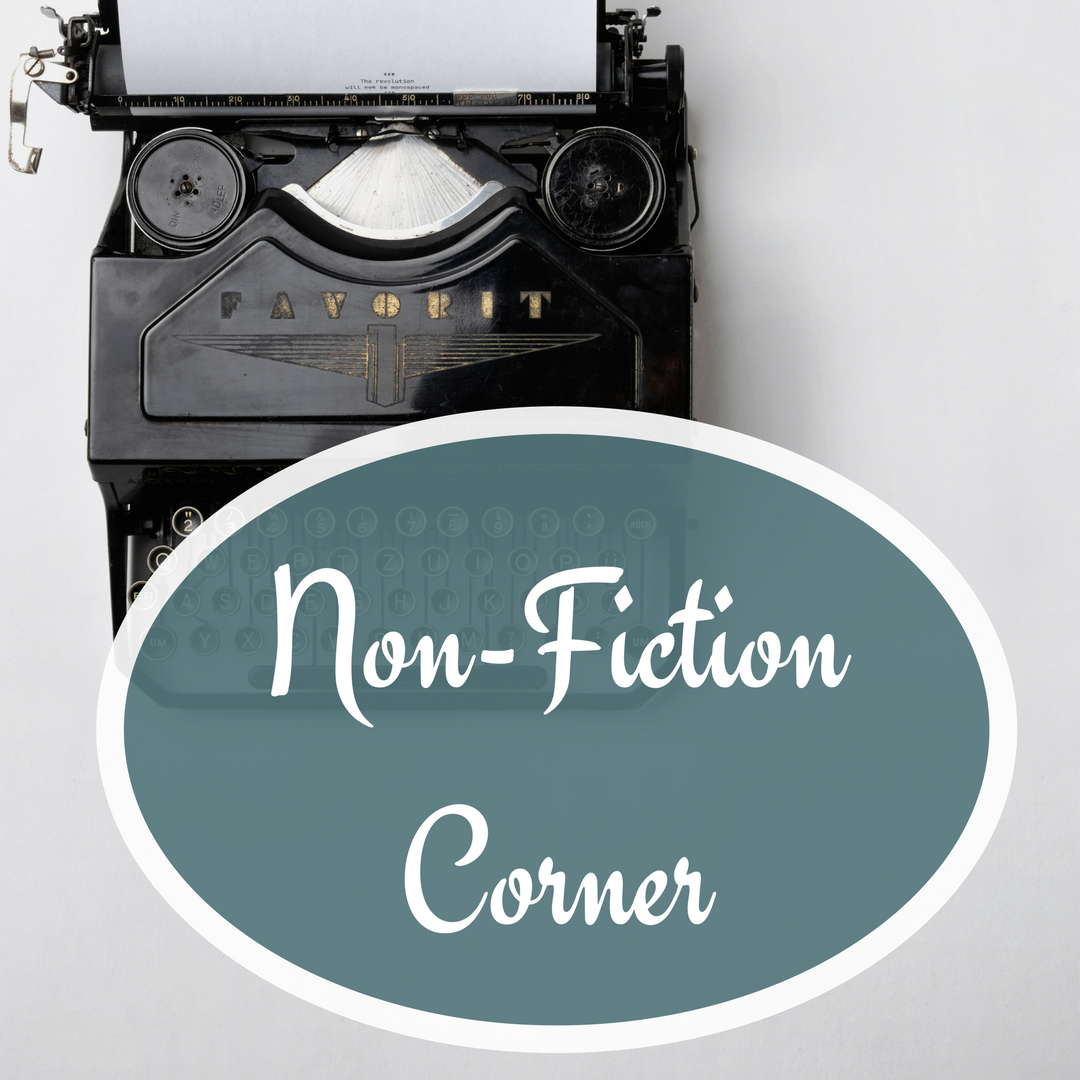
Vigorous Writing: What Do You Do When Your Novel ‘Hits the Wall’? by Doug Peterson
Marathon runners and novelists share one thing in common. They both have to deal with “hitting the wall.” Although…
February 5, 2018
Marathon runners and novelists share one thing in common. They both have to deal with “hitting the wall.” Although…
February 5, 2018By Doug Peterson My arm felt like it was going to fall off. I was in my forties at…
December 5, 2017
I’m old enough to remember when Olympic sprinters wore baggy shorts. But if you look at the world’s greatest…
September 15, 2017
My favorite canine writer, Snoopy of Peanuts fame, received a boatload of rejection slips in his pursuit of a…
July 26, 2017
By Doug Peterson The expression, “The proof is in the pudding,” goes back hundreds of years, although the original…
May 28, 2017
By Doug Peterson I will never forget the day my parents took me to the theater to see the…
April 28, 2017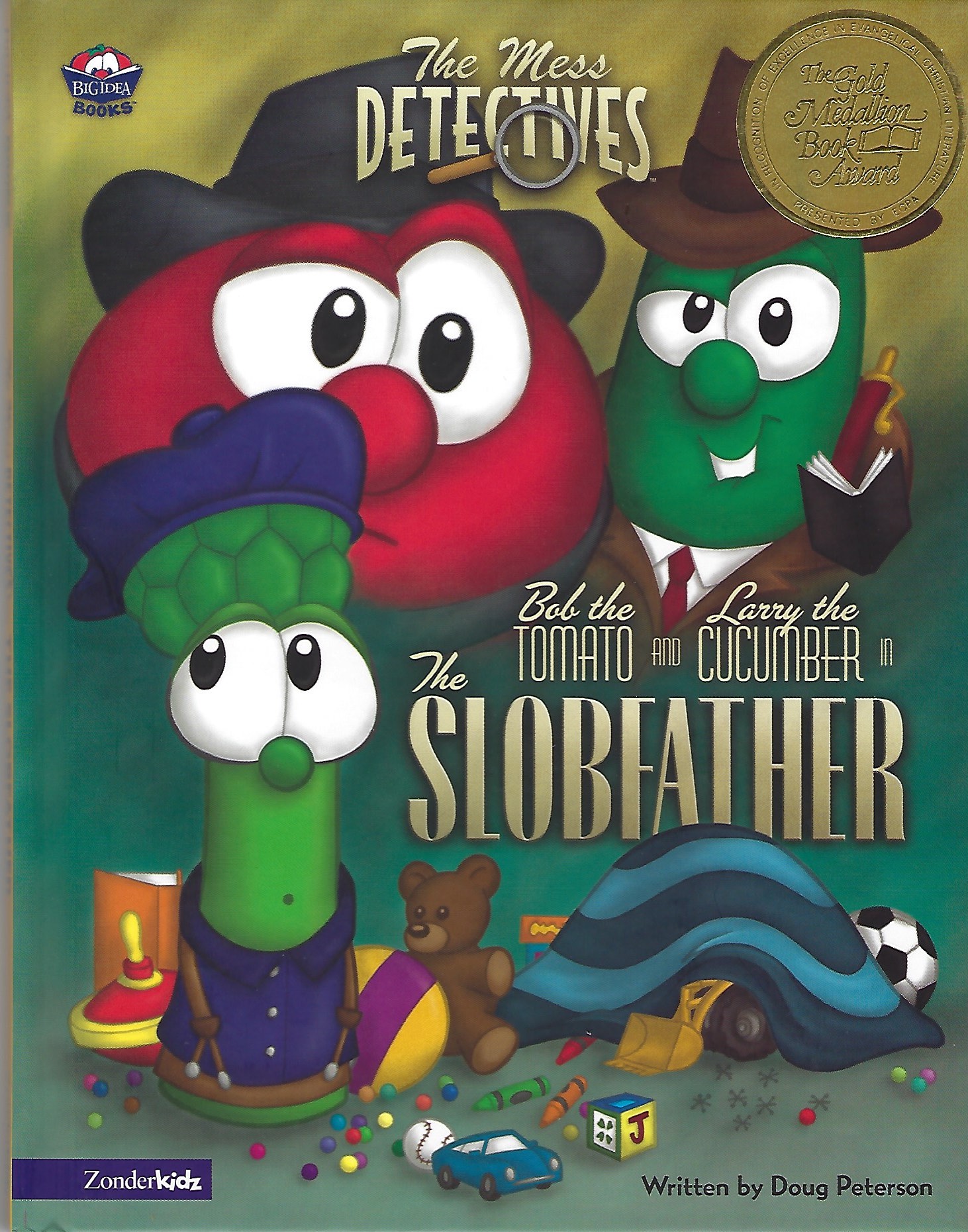
By Doug Peterson The voice on the other end of the line was Bob the Tomato. It was a…
February 27, 2017
By Doug Peterson I stepped slowly out onto the board of a high dive at our local swimming pool,…
December 28, 2016
By Doug Peterson When J.R.R. Tolkien’s novel, The Hobbit, was published in October of 1937, it was so popular…
November 29, 2016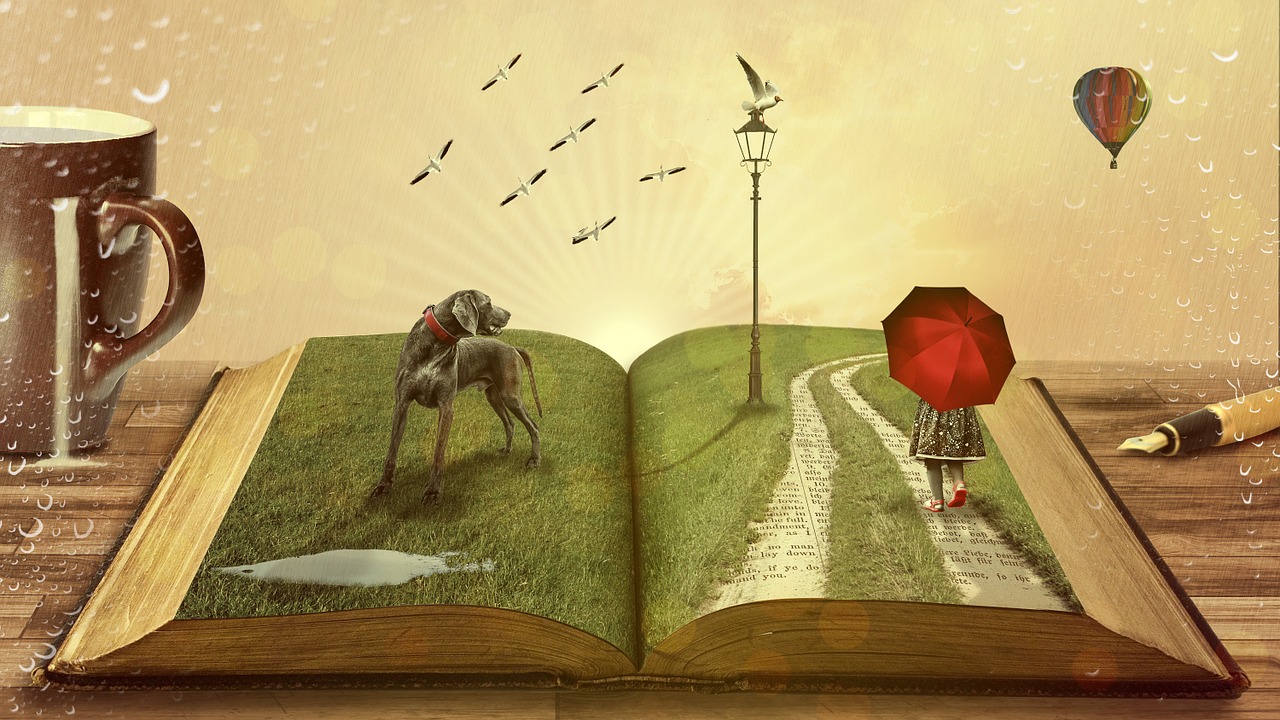
I still remember the day my fiction-writing teacher made it clear that he was not happy with me. However,…
October 28, 2016
By Doug Peterson A funny thing happened on the way to learning how to write a screenplay. I wrote…
August 16, 2016
By Doug Peterson I had no idea what I was doing when I first ordered a Café Americano, totally…
July 6, 2016
By Doug Peterson Whenever I show up to interview a source for a magazine story, it must look like…
June 4, 2016
By Doug Peterson Whenever I see somebody writing in a noisy coffee shop, tapping away on a laptop, I…
May 2, 2016
NOTE—Doug Peterson’s previous blog, Do Your Research Right When You’re Writing Historical Fiction, discussed his research habits. This…
February 23, 2016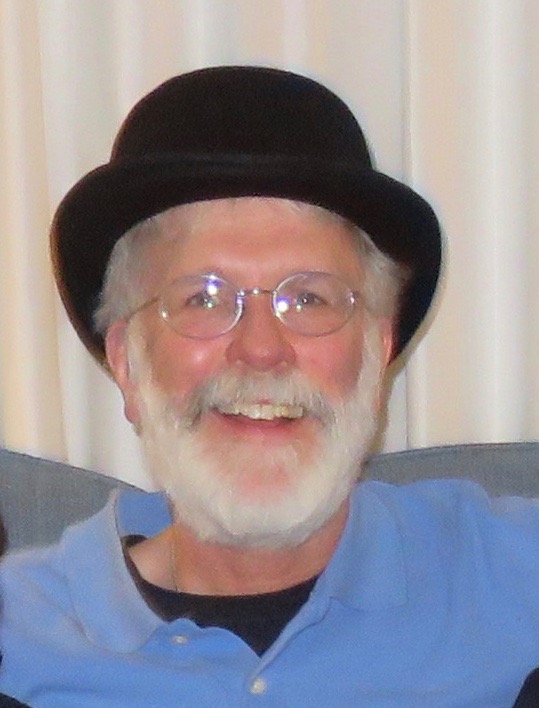
I’m not sure what historical novelists did before the advent of the Internet. What takes a matter of minutes…
January 22, 2016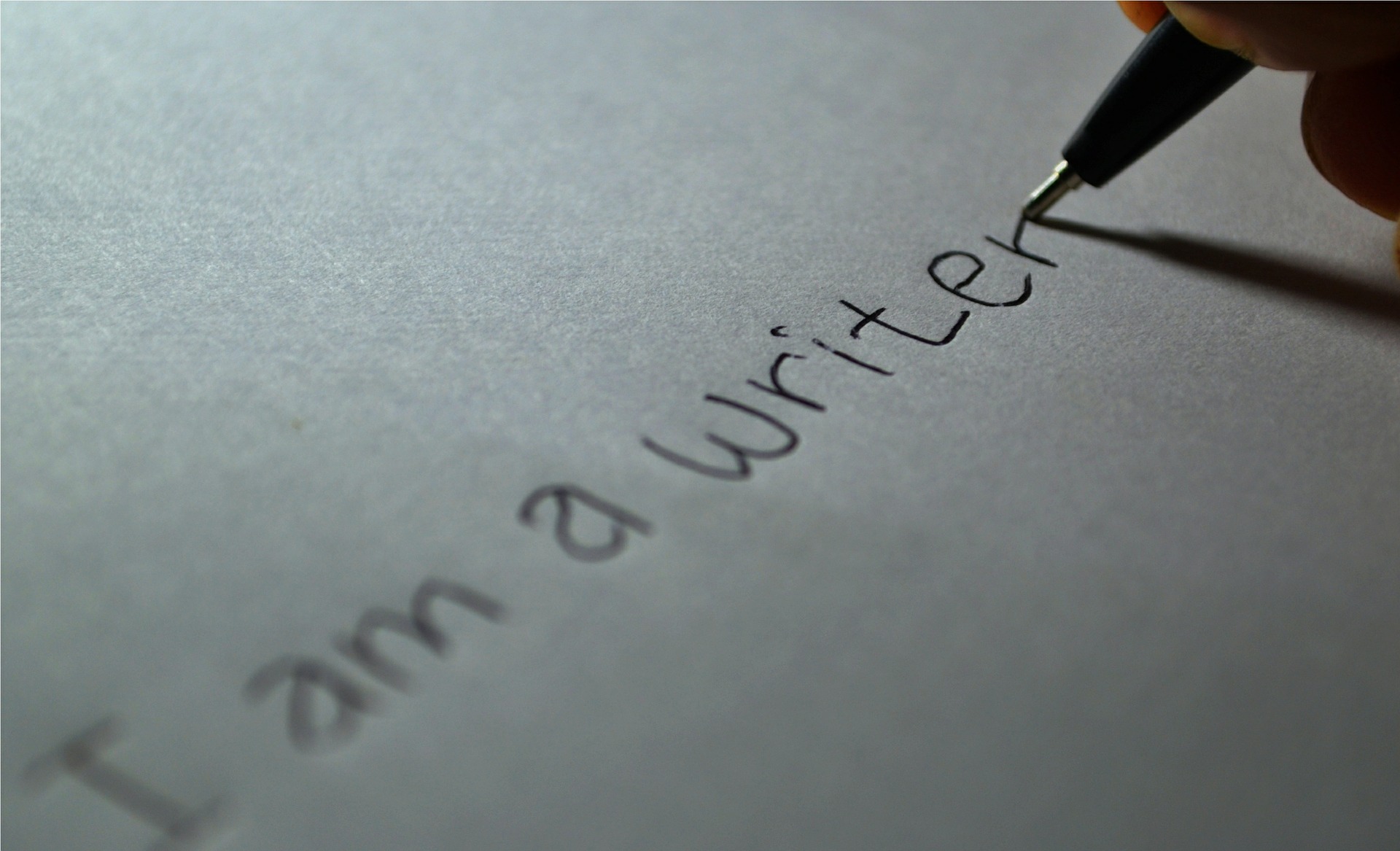
What comes first? Do you begin with a great plot idea, and then create characters to fill out the…
December 24, 2015
“Where words fail, music speaks,” said Hans Christian Andersen, writer of such legendary stories as The Little Mermaid (not…
November 20, 2015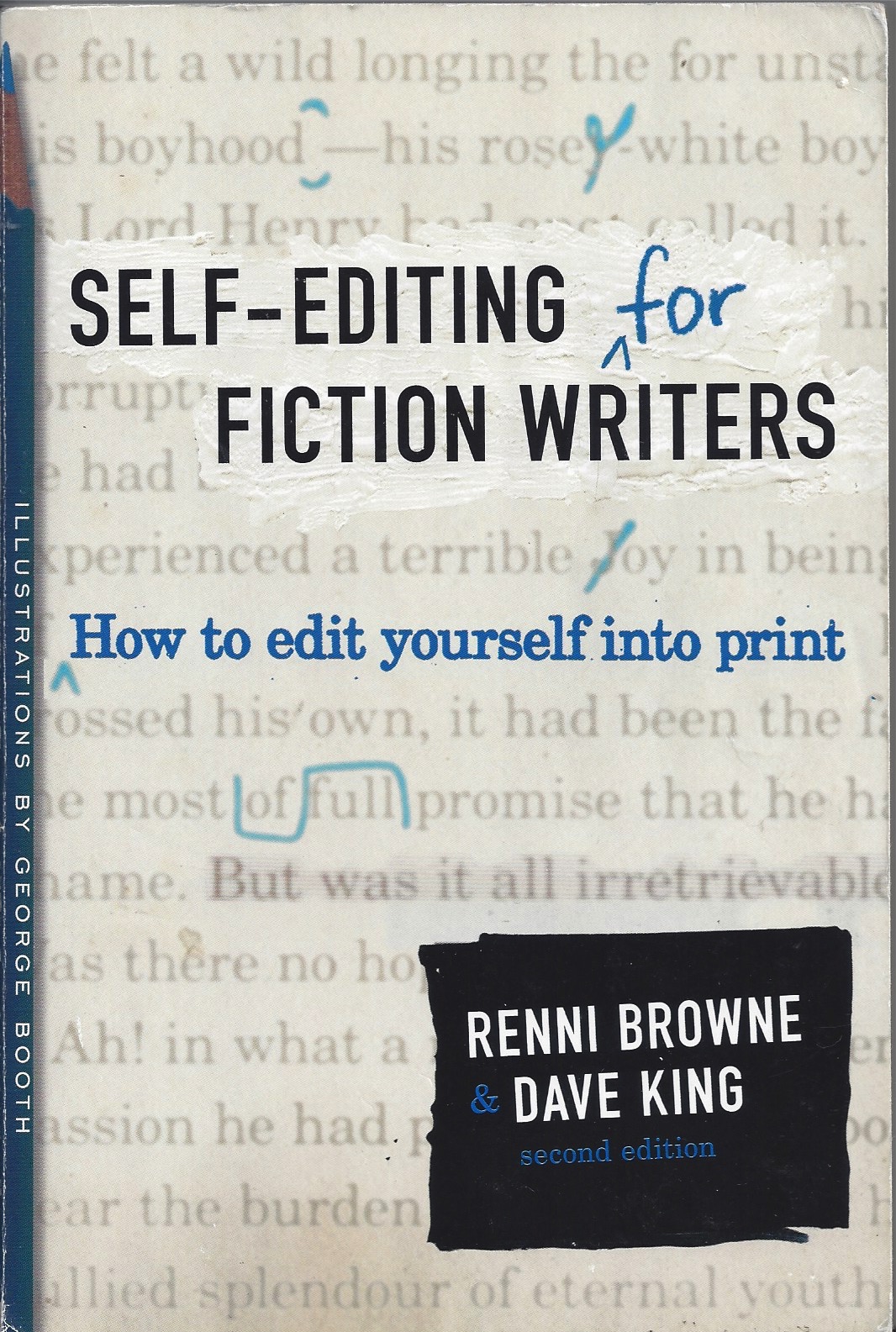
I used to write for VeggieTales, and if you’re familiar with the antics of Bob the Tomato and Larry…
August 6, 2015